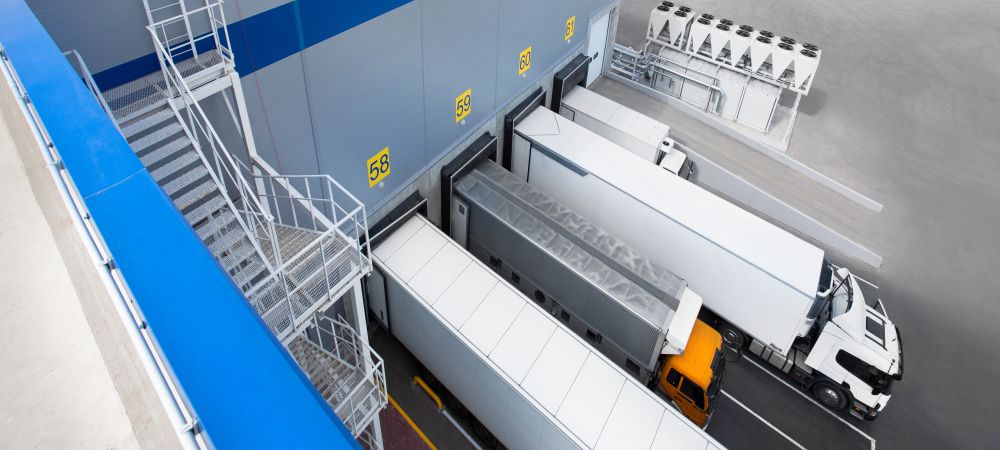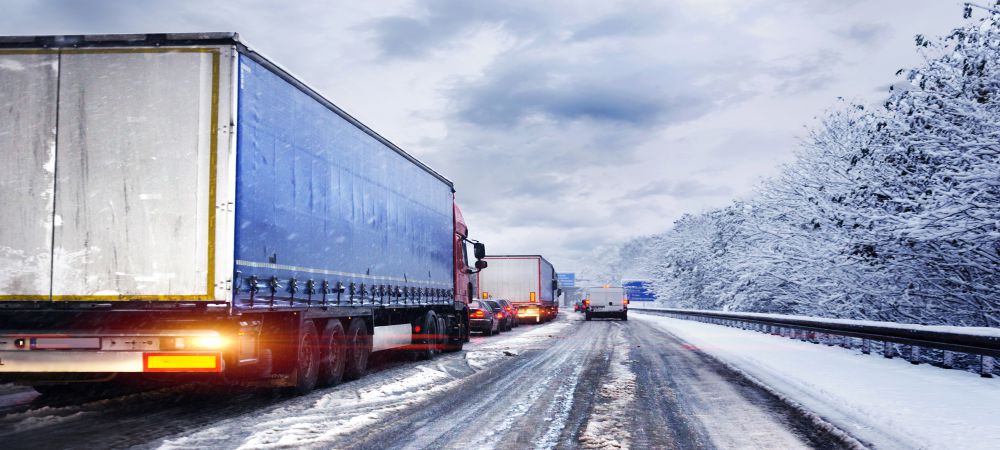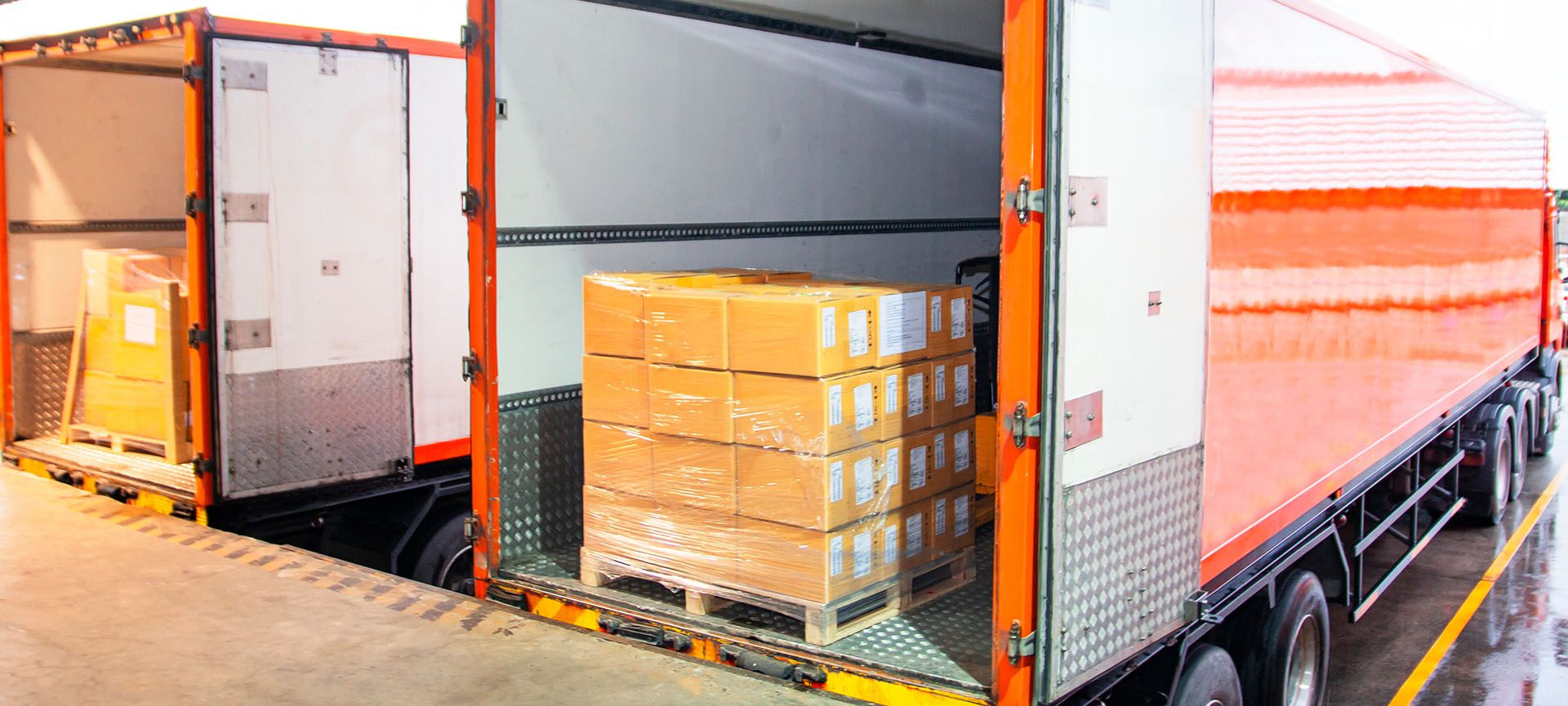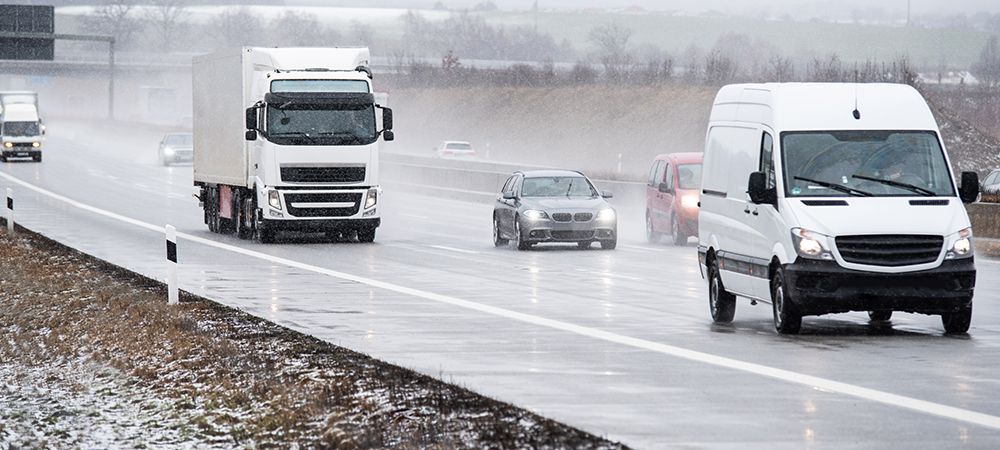Businesses and individuals usually rely on carrier services to transport their cargos. Depending on the circumstance, there are people who may avail of less than truckload shipping (LTL) services. There are various factors that customers have to consider when choosing their preferred methods for shipping.
As one of the shipping methods being offered by carrier services, LTL shipping has its own characteristics that make it a better choice than full truckload shipping (FTL). Customers sometimes have concerns regarding the duration LTL shipping takes for their cargos to arrive at their respective destinations. This article will be discussing the characteristics of LTL shipping services.
Shipping Methods Offered by Carrier Services
The shipping methods carrier services offer customers have very specific differences between each other. There are both advantages and disadvantages that would help customers decide which they would need to avail for their cargos. You may refer to the following characteristics for each of these shipping methods:
Density and weight
o Density deals with the amount of space the items of a customer’s cargo will be able to use up on a trailer.
o When it comes to the total weight of the cargo, this refers to the allowed load limit a trailer is allowed to transport as imposed by the law.
o These two characteristics are related since a carrier service may base the shipping fee on the density or the weight of the cargo. Usually, the one that generates a higher amount will be used by the carrier service.
o With LTL shipping, the carrier service offers its customers the chance to ship fewer items with a relatively lower cost. Fewer items would mean that the items will not be able to utilize all the space on the trailer. A carrier service will combine a customer’s cargo with other customers so that they would share the cost to use the trailer. However, there may be some chances where the customer’s cargo may be few in number but is heavy enough to reach the load limit of the trailer. This would mean that the trailer will be used to ship only the cargo of the respective customer. This would not be considered LTL shipping anymore.
o For situations where the customer has a massive volume of items that would be enough to use up all of the space of the trailer, the customer would need to avail of FTL shipping instead. This method of shipping is also the option when the customer has fewer items, but the total weight of the cargo will reach the load limit of the trailer.
Process
o The process being followed by FTL shipping is simpler and straight-forward as compared to LTL shipping. With FTL shipping, the carrier service picks up the cargo from the customers residence, office, or warehouse. After loading the items on the trailer, the truck will travel directly to the agreed upon destination. By following a strict route, the delivery truck will have the least number of stops during transit.
o For LTL shipping, the process involves a complex hub and spoke distribution setup. This is necessary since the carrier service needs to determine which cargos will be combined to make the delivery cost-efficient on its end. Customers usually transact at the many shipping terminals the carrier service employs at strategic locations. All the cargos that are picked up or delivered to these terminals are then sent to the main distribution center. This center acts as the hub where all cargos will be checked and sorted based on the areas they will be delivered to. After grouping cargos and loaded into a trailer that is going to a specific area, the truck is given the signal to continue with transporting the cargos to their required destinations. The truck will need to stop at multiple drop-offs, which will depend on the number of customers that had their cargos included in the delivery route.
Risk of item safety and security
o It is known that carrier services use management systems to ensure that all of the cargos will be handled safely at all times. However, due to human errors or equipment failures, there is still a chance for some of the items to get damaged or lost during the delivery process.
o FTL shipping has the least chance for losing items or getting them damaged. This is due to the fact that there will be less chance for the cargos to be handled before they reach their destinations. Normally, items are loaded during pickup and unloaded during drop-off. This adds to the security of the items included in the cargo.
o Since cargos undergo transfer when they are brought to the main distribution center, they get more risk from improper handling. This is why customers who are shipping fragile and precious items are advised to get insurance so that they will be reimbursed if there are unfortunate accidents happening during transfers.
Customer preference
o There may be special cases where customers would prefer to avail of FTL shipping even if they are shipping fewer items that are also lightweight. Even though LTL shipping would be more cost-efficient for these people, the customers may have their own reasons why they would be willing to spend more than what is needed to ship their cargos. Some of these reasons customers have include the possibility of the items degrading in quality if they do not reach their destinations as quickly as possible, or the items may be so precious or fragile that these customers would prefer to eliminate the risk of having their items go through transfers in a main distribution hub.
Factors That Affect Delivery Schedule For LTL Shipping
Compared to FTL shipping where the estimated date and time of delivery can be easily determined, LTL shipping is harder to predict since there are many factors that the carrier service has to consider before they can give an exact estimate. Knowing these factors will help customers understand why there may be uncertainty or the possibility that the delivery date may be set longer than what they would hope for. Below is a list of factors that affect the delivery schedule for LTL shipping:
Availability of customers shipping to the same location
o This is a crucial factor when considering LTL shipping. Unless you are shipping your cargo to a location that has a high number of deliveries happening on a regular basis, areas that may be unfamiliar to a carrier service due to a lack of transactions may cause the need for your cargo to be held or stored by the carrier service at its warehouse until it finds other customers that have cargos that need to be delivered near your cargo’s destination.
o Carrier services are also known to try and avoid incurring losses in their businesses. They will need to find a cost-efficient way to proceed with any transaction.
Unexpected weather problems
o In most cases, carrier services are already aware of possible weather problems coming that may hinder deliveries to be done on specific days. However, there are those unexpected days that the weather might suddenly change for the worse. Trucks that are already in transit may need to slow down or stop, depending on the severity of the weather issues.
Number of drop-offs
o Depending on the route and the delivery schedule being followed by the truck, there will always be a chance that your cargo will not be first on the list that would be delivered. This is one of the uncontrollable cases that may cause delays to the delivery. You should also consider that there may be a possibility that the unloading of cargo from other customers will be delayed due to some unforeseen issues.
Other uncontrollable factors
o Carrier services always consider possible delays during delivery. They may give you a longer delivery period to accommodate these uncontrollable factors. This is why there are cases wherein the deliveries arrive earlier than their estimated date for delivery. There are many possibilities that a delivery truck will be hindered during transit. Possible breakdown in equipment, unscheduled traffic schemes, or any other reasons that would cause delays can happen anytime.
Different Considerations Must Be Taken When Availing LTL Shipping Services
Customers and carrier services do not have the same amount of control when it comes to LTL-related deliveries as compared to transactions that have opted to go with FTL shipping. When a truck is already in transit, one will need to hope that the truck will not be met with problems that would cause delays to the delivery. The good thing with transacting with well-known carrier services is that these companies usually have ways to track the status and location of your cargo. You may just have to contact them to inquire about updates. If you have some cargo that needs to be shipped, you may contact RoadLINX at 905-760-1141. Being known as one of the trusted carrier services in Ontario, we assure you that all items will be kept safe the whole time we are handling the shipping of your cargos.





